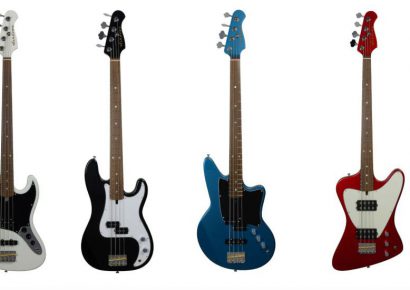If you’ve ever used the MPC Live – or even the MPC 2.0 DAW via their Touch or Renaissance controllers – you’ll know exactly what to expect from the workflow of the One. The seven-inch touchscreen, which has been moved from beside to above the sixteen pads, lets you input sequences and chop up samples with absolute ease, while the four Q-link knobs let you tweak plug-in parameters and navigate your projects. However, one of the big changes here is that the MPC One doesn’t feature an internal battery or WIFI, making it slightly less portable and versatile than the Live, although we’re sure some users won’t really mind this too much.
Another major switch-up here is the overall design of the unit, with the MPC One featuring similar click-buttons to the MPC 500 or MPC 1000 for functions such as Note Repeat and Quantize. There’s also four new stereo 3.5mm jacks for CV/Gate control of modular synths and other gear, as well as stereo inputs and outputs, MIDI I/O and USB connectivity to hook up to a turntable, laptop or monitors.
Internally, the MPC One boasts 2GB of RAM, and is fitted with 4GB of onboard memory which is preloaded with Akai’s Electric, Tubesynth and Bassline synths, as well as a bunch of AIR plug-ins and samples from the Vault. That 4GB mightn’t last you long if you’re loading the MPC One up with loops and one-shots, but luckily, you’re able to expand the memory via USB or SD. The MPC One can also function as a controller for Akai’s MPC 2.0 DAW if you’re looking to hook it up to a laptop to chop and cook up beats in the box.
Akai products are distributed in Australia via Electric Factory – J Dilla forever.


